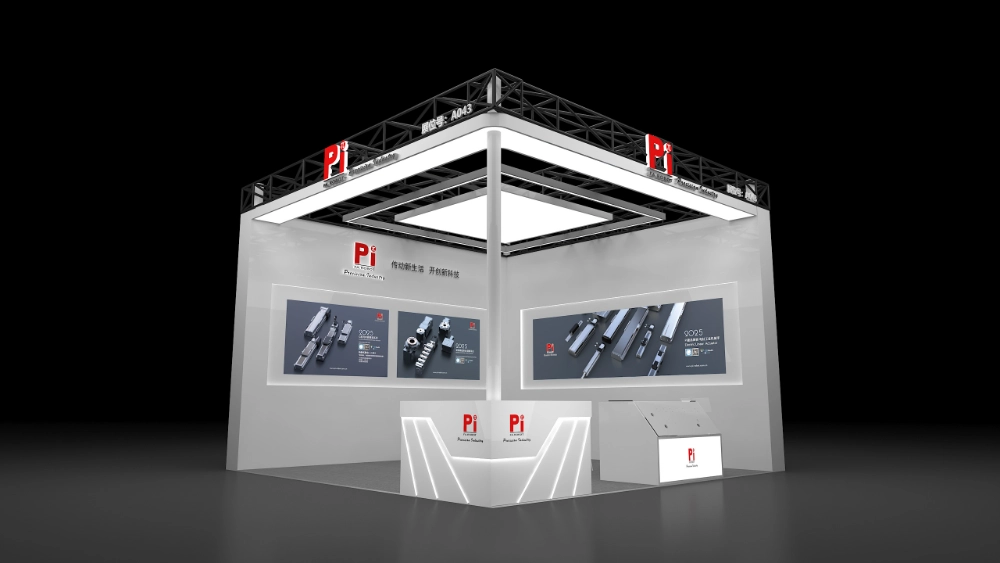Long pipelines have revolutionized various industries, enabling the efficient transportation of fluids, gases, and other substances over vast distances. However, despite their numerous advantages, there exists a significant drawback that poses a formidable challenge to their widespread adoption. In this article, we delve into the important disadvantage that limits the use of long pipelines, exploring its implications and potential solutions.
- Corrosion: The Achilles' Heel of Long Pipelines
Corrosion stands out as a critical limitation that hampers the utilization of long pipelines. Over time, exposure to the elements, chemical reactions, and the transported substances themselves can lead to the degradation of pipeline materials. This corrosion not only compromises the structural integrity of the pipeline but also poses environmental and safety risks. The need for regular inspections, maintenance, and repairs significantly increases operational costs and can disrupt the smooth flow of resources. - Environmental Concerns: Balancing Efficiency and Sustainability
Long pipelines often traverse diverse ecosystems, including sensitive habitats and water sources. The construction and operation of pipelines can disrupt natural landscapes, potentially leading to habitat fragmentation, soil erosion, and water contamination. Additionally, pipeline leaks or spills can have severe ecological consequences, endangering wildlife and polluting ecosystems. Striking a balance between the efficiency of long pipelines and their environmental impact is a complex challenge that requires stringent regulations, advanced monitoring systems, and proactive mitigation measures. - Geographical Constraints: Navigating Challenging Terrains
Long pipelines encounter various geographical obstacles, such as mountains, rivers, and densely populated areas. Constructing pipelines across challenging terrains often requires extensive engineering efforts, including tunneling, bridge construction, or directional drilling. These additional complexities increase project costs and timelines, making the implementation of long pipelines economically unfeasible in certain regions. Moreover, the need for rights-of-way and land acquisition can lead to conflicts with local communities and indigenous populations, necessitating careful stakeholder engagement and social impact assessments. - Limited Flexibility: Adapting to Changing Needs
Long pipelines are designed to transport specific substances over fixed routes. However, as market demands and resource availability fluctuate, the inflexibility of long pipelines becomes a significant disadvantage. Expanding or rerouting existing pipelines to accommodate new sources or destinations can be a costly and time-consuming process. This lack of adaptability can hinder the optimization of resource allocation and impede the integration of emerging technologies or alternative energy sources into the pipeline infrastructure.
Conclusion:
While long pipelines offer unparalleled advantages in terms of resource transportation, their utilization is constrained by several important disadvantages. Corrosion, environmental concerns, geographical constraints, and limited flexibility all pose significant challenges that must be addressed to maximize the benefits of long pipelines. By investing in research and development, implementing robust monitoring systems, and fostering collaboration between industry stakeholders, we can overcome these limitations and pave the way for a more sustainable and efficient pipeline infrastructure.



More Stories
Unleashing the Power of On-Road Dirt Bikes: The Ultimate Adventure Machine
Электрический мотоцикл мощностью 8000 Вт: стоит ли выбрать Lanyang?
Smart Cycling Signals: The Role of the 300mm High Flux RYG Bicycle LED Traffic Light in Urban Mobility